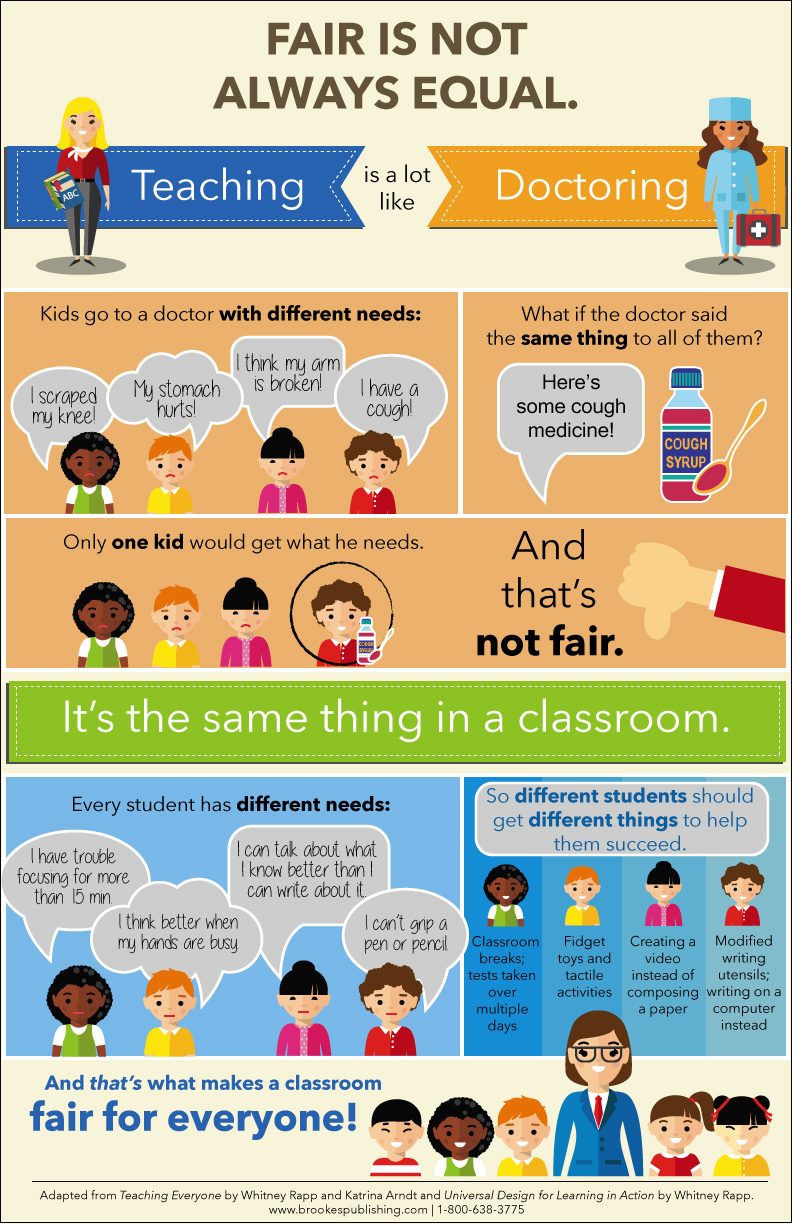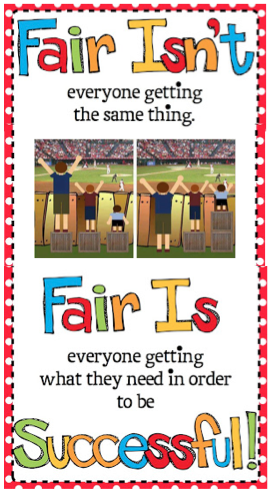Please show your support for your children and save the date…..
Wednesday 7th November- 3:15- 5:30pm
We have been working with Brian Donnelly who is an independent consultant who has been involved in anti-bullying work since 2007. He led the national anti-bullying service respectme, for 10 years and helped write the Nation Policy on two occasions.
Brian operates independently now and he does not represent the school or the Council. Within St. Fergus’ his role is to come in and engage with parent’s, carers and pupils to gather their views and experiences. He will deliver workshops to the upper school and then meet with parents and carers at the school to share the context for his work as well as answer questions and address concerns you may have about bullying and how it can be dealt with effectively.
Brian’s aim to help develop environments where bullying cannot thrive, this requires input from parents and carers especially. Schools that deal with bullying well have listened to parents and they agree ways to respond and deal with bullying.
On 7th November the children will deliver a presentation on bullying and then teaching staff will work with them to allow Brian to meet with parents and carers on his own. After this session there will be pizza and refreshments for everyone.
Brian wants to hear what you have to say. This is a vital part of the school creating a new policy and the school community creating an environment where bullying cannot thrive. He is there to listen and share his experience. Brian is not there to speak on behalf of the St. Fergus’, Renfrewshire Council or The Scottish Government but to listen to you and incorporate this into the work the school will be doing on anti-bullying.
Brian has created a short survey that is designed to gather your thoughts as well, he would really appreciate you taking 5 minutes to complete this as it provides a chance for those who cannot come along to still share their views . Please click on the link below:
https://bit.ly/2Reiexs
More information will follow this week along with a tear of strip to indicate attendance which will allow the school to purchase enough Pizza.
We really hope to see as many as possible there.














































 #
#
